In the Trenches: I Need a Crash Cart in Here
A look at what you may want to stock in your facility’s “crash cart” to respond appropriately to press emergencies.
You never know from where your next idea will come or what random firing of synapses may coincidentally bring two unrelated ideas together into a perfect solution.
So, I’m sitting around watching a rerun of “House,” one of the few shows I enjoy on TV. (What can I say? He’s one of those guys you love to hate.) House uncharacteristically is in the room with a patient when the patient goes into cardiac arrest. House shouts, “I need a crash cart in here!” and just like that I had a solution to a problem I didn’t even know I had. OK, not really a problem, more like an inefficiency. But still.
Every day—usually multiple times a day—someone from the toolroom gets called out to the press to take care of some minor issue with a tool. Sometimes that someone is even me! (Geez, I hate when that happens.)
I know it happens to me, and I’ve seen it happen to others: even though you thought you had what you needed to do the job, you end up running back to the toolroom for one more item. Furthermore, I don’t know that it’s inevitable, but it seems more often than not that there is never just one issue. Someone always says, “Hey, while you’re here, can you update the date code stamp?” So back you go for a punch and hammer, or screwdriver.
The bottom line is that all the effort put into pre-heating stations, SMED and having a solid process so you can get good parts coming off the press in three cycles gets trumped by 15, 20 or more minutes spent waiting for someone to respond to and fix a problem with a tool. Every minute of downtime is lost—lost opportunity, lost production, lost profit.
House Calls
The first priority in making house calls (sad little pun, I know) or responding to press calls is to have a sense of urgency about getting there. The next thing is to show up prepared, which is where the crash cart comes into play. The idea of having a crash cart with the essentials to handle in-press emergencies was born full-grown in the instant House said “I need a crash cart in here.”
I don’t know what a crash cart in a hospital has (one of those shocker-thingies and some epinephrine, I suppose), but I do know what a crash cart in a molding facility needs, based on years of experience responding to press emergencies.
I could have had one cart for the entire toolroom and then whomever got the call would grab the cart, but the cost was insignificant enough and the benefits so obvious that I didn’t have to pull any arms to get $1,300 to set up five carts.
Could it be done for less? Could it be a tool tote instead of a wheeled cart? Maybe. Assess your own situation and make that determination. I looked at the most common press issues (which, as a matter of fact, I do track—history, history, history) and stocked the carts accordingly. For us, most press calls entail some degree of polishing—from drags, water spots, minor scratches or parts sticking to pins or lifters, etc. So a fairly well-equipped box of polishing supplies was first.
Next were hot runner issues—pushed pins in the connector being the primary culprit, with blown fuses and shorted cables running neck and neck for second. Then there was all the miscellany: date code updates, broken water fittings and broken bolts in safety straps. Who knew you had to remove them before opening the mold?
Cart Contents
Following is a list of what you may want to consider for your crash cart:
• The cart
• Toolbox
• Multi-compartment case for fuses, screws, assorted common suction cups for EOAs
• Hammer
• Screwdrivers
• Pry bars
• Spray can holder (WD40, mold release, mold cleaner, mold saver)
• Magnets (see photo)
• Multimeter
• 30-foot air hose, minimum
• 25-foot extension cord (with multi-outlet head), minimum
• Magnetic-base work light
• Pliers, channel locks, needle-nose, wire stripper/crimper
• Punches, drift and prick
• Air tools, pencil grinder, 90-degree grinder, air lapper (for polishing)
• Flashlight
• Gloves
• Plenty of clean rags
• And most importantly, your lockout/tagout. Be sure to always have it with you and always use it when you get inside a press.
Depending on your facility’s needs, you may add or subtract any number of items. If you can show up quickly and have everything you need 90 percent of the time, your money will be well-spent and easily recouped.
Phases of Improvement
Notice the notepad on the cart in the photo on page xx? Well, there is a common tool used to drive improvement within a shop, and it is called PDCA—plan, do, check, adjust (or some variation thereof). This entails building the crash cart, implementing the plan, and then, each time you make a press call, using a notepad to write down the items you didn’t have and recording details of the press call. This is the “check” phase of the improvement process, which provides an idea about how effective it was to have the crash cart as well as some directions for making it more effective.
If you haven’t grasped the idea that history is important then you are not paying attention. How many of your press calls are due to blunders in the toolroom, and how many are caused by the mold setters, press conditions, EOA failures or gremlins? What tool did you not have that you now might need to add to your arsenal? A couple feet of air hose for EOAs? Seals for quick-disconnect water fittings? Teflon tape, vise grips, an assortment of zip ties?
Take notes! It will make a good plan better.
Related Content
The Ins and Outs of Hot Runner Temperature Control
A training checklist that explains the why and how of proper hot runner temperature control and system management.
Read More5 Hot Runner Tips for Moldmakers and Molders
Best practices for initial hot runner tryouts and effective preventive maintenance.
Read MoreMost-Viewed Content of 2022
The most popular MoldMaking Technology content according to analytics reports over the past 12 months.
Read MoreQuestions and Considerations Before Sending Your Mold Out for Service
Communication is essential for proper polishing, hot runner manifold cleaning, mold repair, laser engraving and laser welding services.
Read MoreRead Next
In the Trenches: Mold Repair
In this multi-part series of articles, contributer James Bourne, a tool repair supervisor and freelance writer, shares his own personal struggles in the business, as well as lessons learned and tricks of the trade garnered along the way.
Read MoreHow to Use Continuing Education to Remain Competitive in Moldmaking
Continued training helps moldmakers make tooling decisions and properly use the latest cutting tool to efficiently machine high-quality molds.
Read MoreAre You a Moldmaker Considering 3D Printing? Consider the 3D Printing Workshop at NPE2024
Presentations will cover 3D printing for mold tooling, material innovation, product development, bridge production and full-scale, high-volume additive manufacturing.
Read More
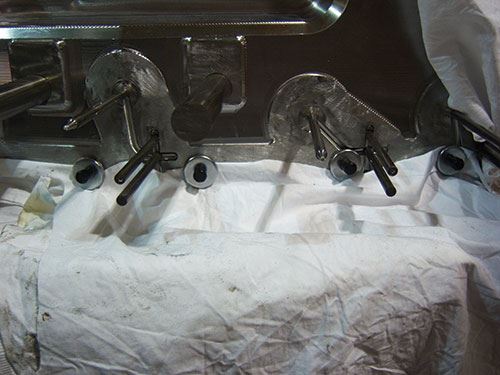
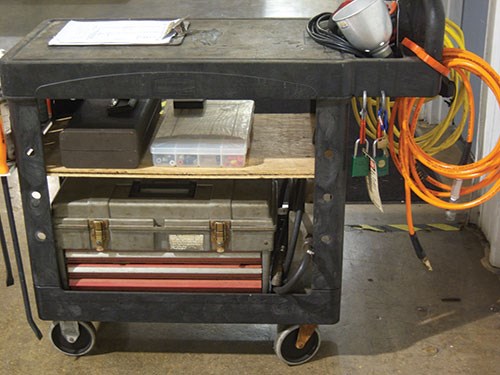
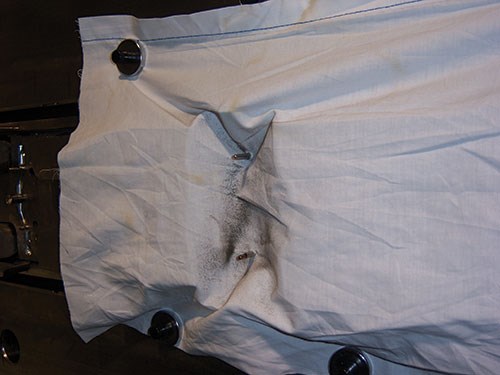







_300x250 4.png;maxWidth=300;quality=90)












.jpg;maxWidth=300;quality=90)



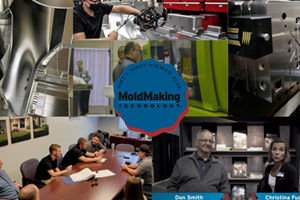

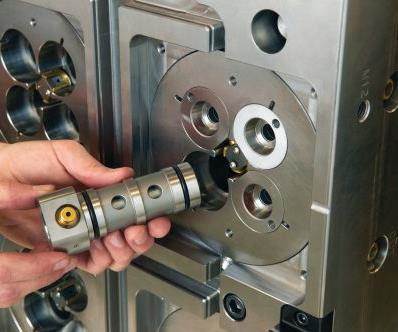


_970x250 1.png;maxWidth=970;quality=90)